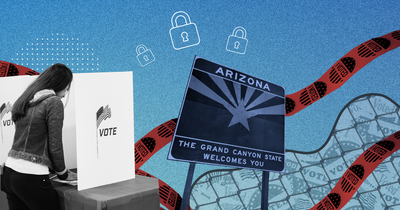
Resources
From cutting-edge policy research to illuminating analysis, we bring a racial equity lens to the most pressing issues facing our country. For our latest blog posts and media updates, visit our Media page.
Featured
From cutting-edge policy research to illuminating analysis, we bring a racial equity lens to the most pressing issues facing our country. For our latest blog posts and media updates, visit our Media page.